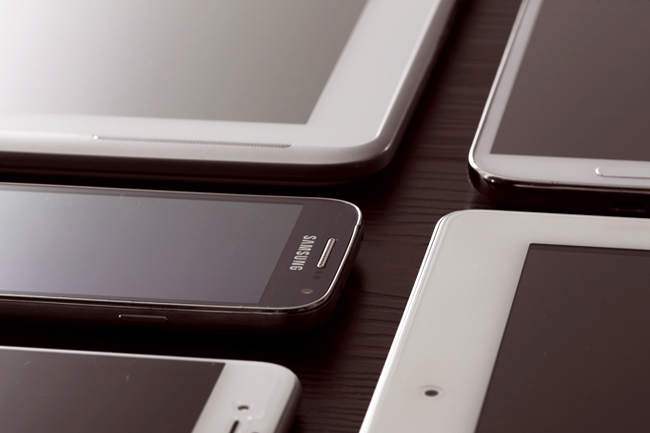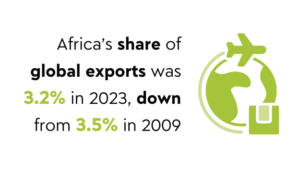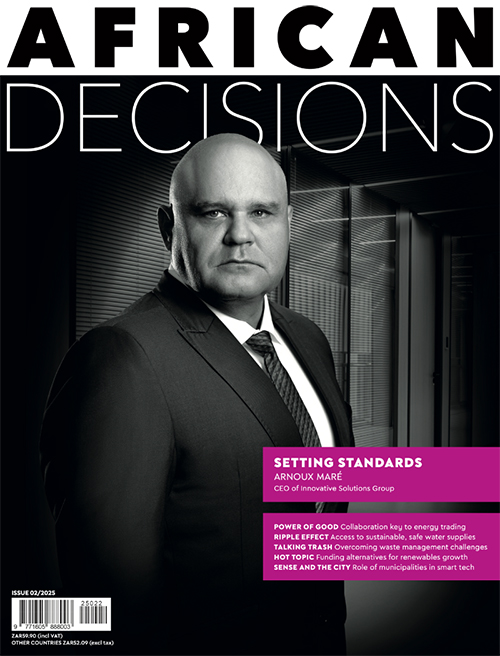Nelson Mandela wasn’t kidding when he called South Africa a rainbow nation. Between the country’s 11 official languages, broad demographic diversity and enormous wealth disparity, it’s almost impossible to pin down a single, archetypal South African. This applies across the continent, where a Yoruba academic, Zulu entrepreneur, Kikuyu politician, Igbo sportsman and Somali businessman could all, rightfully, call themselves African.
Now, thanks to the rapid growth of digital telecoms, those Africans are all talking to each other via an increasingly interconnected web of social media and other digital channels.
At present, Facebook, LinkedIn and Twitter alone have an estimated 4.5 billion social connections. What’s more, according to some reports, there are at least 5 billion connected devices around the globe. Chances are, the academic is retweeting what the politician said while the businessman and entrepreneur are endorsing each other (and they all ‘Like’ the sportsman’s status update).
It’s a demographer’s dream but a marketer’s nightmare. How do you deliver a single message to so many different people in a market that’s so diverse?
‘It’s really not homogenous at all,’ says Jason Xenopoulos, CEO of Native VML, South Africa’s first full-service digital marketing agency.
‘Digital marketing in South Africa is very different to digital marketing in the rest of Africa – and even within South Africa the state of digital marketing is very different within certain sectors of society.’
He add that its growth in any market is driven by various elements. Among these are the availability and affordability of broadband access; the penetration of smartphones versus feature phones; and the demographics of the society in question.
‘What we tend to find is that only once you have a really robust and broad availability of these things for a while, will marketers start to use digital as a channel.
‘In the past, South Africa lagged behind the rest of the developed world because we had low broadband penetration, and a large portion of the population had insufficient disposable income to use for data.
‘Social media also means that brands are now accessible to users who simply have to reach into their pockets’
‘But over the past five years we’ve seen the emergence of all those features that drive digital marketing, and we’ve seen an increase in the investment of marketers and brands into the digital space.
‘So today South Africa is relatively sophisticated from a digital marketing perspective, while the rest of the continent is still fairly rudimentary,’ he says.
The infrastructure may still be in its infancy but Africa’s digital market is growing at an unprecedented rate. Denver Berman-Jacob, MD of creative agency Forsta, says: ‘A recent study by We Are Social found that in South Africa alone, more than 60% of web page visits come from mobile devices. This is an overwhelming figure, which speaks to double-digit, year-on-year growth. This is not only a South African phenomenon though. We see a continued rise in the sale of smartphones across Africa, resulting in increased mobile internet usage,’ he says.
Like many in the industry, he is convinced that the upswing in mobile internet usage will change the approach to digital marketing. ‘No longer is having a website good enough. Brands have to consider mobile rendering across a plethora of device types and screen sizes. Social media also means that brands are now accessible to users who simply have to reach into their pockets. Add to this the argument of whether to app or not to app, and one is immediately submerged in the murky waters most marketers are trying to tread.’
Xenopoulos says the story of digital in Africa is that of mobile. ‘And what we’re starting to see in major territories like Kenya and Nigeria is huge Twitter traffic. And with that, Twitter becomes the channel that marketers are starting to use,’ he says.
Kenya, like South Africa until recently, has a greater number of feature phones in the market compared to smartphones. The former are a lot more difficult to use as a marketing channel. ‘You can do it. You’ve got SMS campaigns and WAP mobile sites that people can access via their feature phones. But the experience is not as good and, really, the big migration happens when people start to move from feature phones to smartphones.
‘Smartphones are a much more effective channel for marketing. In Nigeria and Kenya, we’re seeing massive amounts of digital usage in the mobile space, but we’re only now starting to see that translate into more sophisticated, upmarket campaigns that are run across those devices,’ he says.
In their How Africa Tweets studies, global digital communications firm Portland analysed geolocated tweets that originated from Africa’s 20 most-populated cities during Q4 of 2011 and then Q4 of 2013. Two things stood out: the increasing range of local languages being used on Twitter, and the growing number of brands and companies using the medium as a method of communication.
Commenting on the publication of the first report, Beatrice Karanja, head of Portland Nairobi, said that political activists were by no means the only users of Twitter in North Africa. ‘It has been adopted enthusiastically by young people right across the continent who are adapting it for their own far more varied daily needs,’ she said.
Meanwhile Xenopoulos says social media has become the backbone of conversations. ‘It’s changed the media landscape from the one-way monologue that defined the era of mass communication to a two-way dialogue that’s defining our contemporary media landscape. Social media has completely changed the relationship between brands and consumers,’ he says.
Berman-Jacob agrees, adding that the days where marketers could determine the customer journey are now over. ‘The rules of traditional advertising are not necessarily applicable in the social space, as the focus has shifted to storytelling as opposed to a 30-second TV ad. It is important for brands to understand the power of social media and how the brand can be adversely affected during a crisis.
‘Further to this, social media has become a customer service or a complaints channel for many brands, and not a pure marketing tool. So, having the necessary structures in place to manage customer complaints and crises should be part of the social media strategy,’ he says.
As digital connectivity expands across Africa, expect digital marketing to grow and social media to play an increasingly powerful role. After all, as Xenopoulos points out: ‘Social media has a very low barrier to entry, it’s cheap to get on and it’s relatively inexpensive to run.
‘It’s the sharp edge of the wedge in terms of driving brand messages across the continent. And marketers in Africa who don’t have enormous amounts of money – or even those that do – are finding that digital and social are the best ways of engaging with their markets.’
















